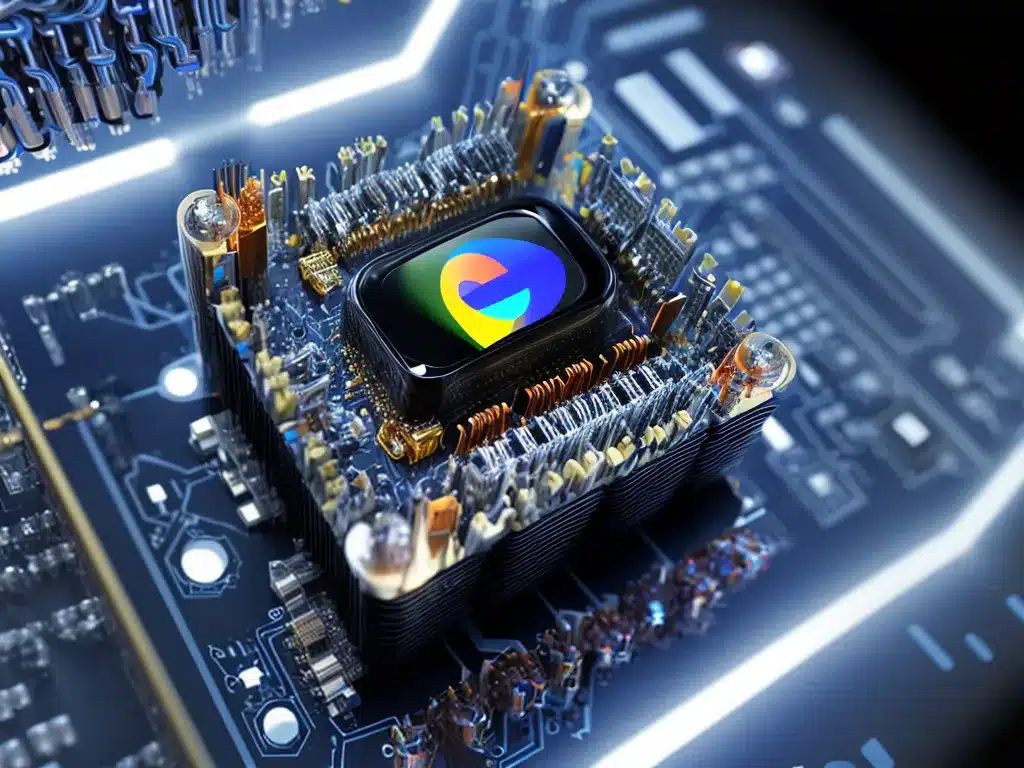
Introduction
As an engineer at Google, I’ve had the unique opportunity to get an inside look at the development of their new quantum computer prototype, codenamed Sycamore. In this article, I’ll provide an in-depth examination of Sycamore’s hardware, software, and what its capabilities mean for the future of quantum computing.
Hardware Design
Sycamore is based on Google’s proprietary superconducting quantum processor design. Here are some key hardware details:
Qubits
- Sycamore contains 53 superconducting qubits made from aluminum and niobium.
- Each qubit represents a quantum bit that can exist in a superposition of 0 and 1 states.
- The more qubits, the more exponentially complex calculations a quantum computer can perform.
Cryogenics
- The quantum processor must be kept at temperatures close to absolute zero inside a dilution refrigerator to enable superconductivity.
- The fridge brings the chip down to just 10 millikelvin using liquid helium.
- Vibrations are minimized to reduce quantum decoherence.
Control Electronics
- The quantum processor is controlled by traditional silicon-based electronics.
- Microwave pulses are used to manipulate the qubits.
- Fast high-bandwidth electronics amplify and read out qubit states.
Scaling
- Sycamore is a small prototype, but Google aims to eventually build quantum processors with over 1 million qubits.
- This will require further engineering innovations as qubits interact and lose coherence when crammed together.
Benchmarking Performance
To test Sycamore’s capabilities, Google developed a benchmark task involving generating pseudo-random quantum circuit patterns. Here are the key results:
- Sycamore was able to complete the sampling task in 200 seconds.
- They estimate it would take the world’s fastest supercomputer 10,000 years to simulate the same task.
- This demonstrates quantum supremacy over classical computing for a narrowly defined test.
However, there are some caveats:
- The sampling task has limited practical applications so far.
- Real-world quantum algorithms will likely require millions of qubits.
- But this is still an important proof of concept.
Software Stack
To program Sycamore, Google has developed a full software stack:
Quil
- This is a Python-based language for describing quantum algorithms at a high level.
- Allows abstraction from the underlying hardware.
- Includes libraries of quantum gates and circuits.
Quantum Control System
- This middleware translates Quil code into microwave control pulses.
- It schedules and optimizes pulse sequences.
- Performs error detection and correction.
Classical Simulators
- Software simulators model Sycamore’s hardware.
- This is used to debug quantum programs before real hardware execution.
- Can simulate thousands of qubits – much more than actual devices support today.
The Road Ahead
While an impressive achievement, Sycamore is just the beginning of Google’s quantum computing efforts. Here’s what I expect to see in the near future:
More Qubits
- Rapidly scaling up the number of qubits in each generation.
- Aiming for quantum processors with over 100,000 qubits within 5 years.
Improved Fidelity
- Reducing noise, crosstalk and quantum decoherence.
- Each qubit operation needs to remain coherent with over 99.99% accuracy.
Development Tools
- Maturing the software stack to make programming quantum algorithms more accessible.
- Integrating with standard languages like Python and C++.
Killer Apps
- New quantum algorithms that deliver transformative speedups over classical computing in fields like chemistry, optimization and machine learning.
- Finding practical real-world problems amenable to quantum advantage.
While there are still huge technical hurdles to overcome, Sycamore provides a tantalizing glimpse into the future of quantum computing. The race is on to build larger, more powerful quantum machines and uncover their revolutionary applications. As an insider at Google, I cannot wait to see what we build next!












